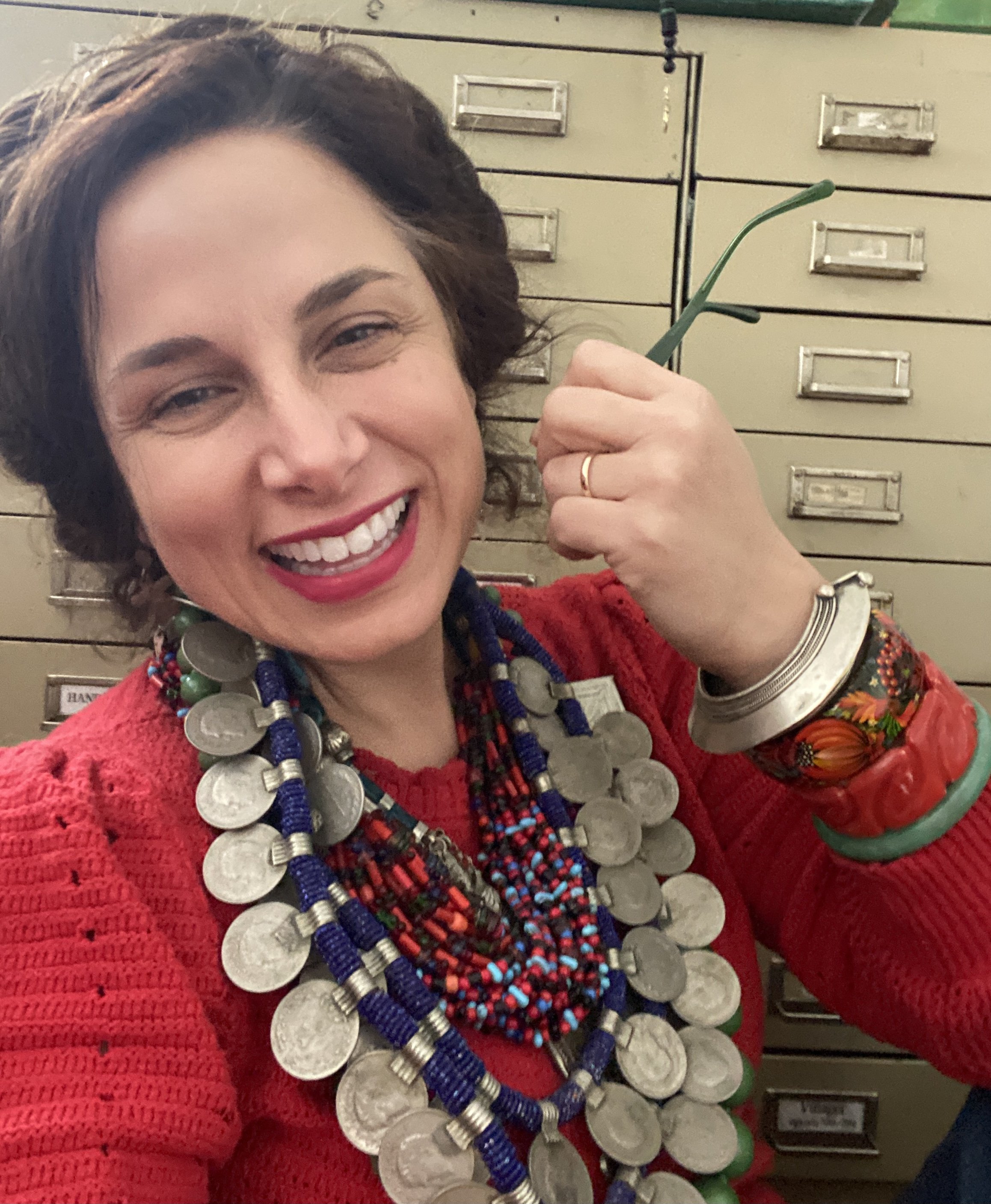Allyson Montana
Artist Statement
Because the human mind is predisposed to the construction of stories, it can be hard to sit with silence and uncertainty. I am interested in non-linear histories, vacancies in timelines, and what happens when we allow the absence of a dominant plot line to take center stage in diegesis. The challenge today lies not in storytelling but in listening deeply to the stories that we tell.
My artwork explores the human need to construct narrative, interpret ideas, and connect with others. As an unwritten story and with so much room for interpretation, archaeology can mislead, misinform, and misrepresent. When we remove the human voice and the written word, what stories do artifacts tell? Objects and symbols boldly represent ideas, but how can we be sure we interpret them correctly when we are removed from the original makers?
To represent stratigraphy in my paintings, I layer paint, media, and sand on canvas and board. Between layers I make marks and inscribe messages. The meaning of these messages is obscured by the materials and unremembered by me.
In my sculpture practice, I recreate trash middens, collecting materials from specific sites and layer them in core samples as strata. These core samples are records of human activity, representations of story and interaction. In some cases, these samples record daily routines and habits, but more often they are the physical representations of relationships and ideas.
Bio
Allyson Montana is a painter and mixed media artist working in the New York City area. Allyson’s work explores unwritten stories from the archaeological past. As a world without directions, the archaeological record is an open stage for interpretation. The content of Allyson’s work plays with the metaphor of interpretation, narrative, and authorship. Allyson layers media, paint, and other natural materials in her paintings, to deliberately obscure mark-making and meaning. At times she uses symbols from specific excavations in her work and at other times she incorporates her own “field notes” on a subject. Like in the Paleolithic record, layers of information become concealed over time and are easily misinterpreted.
Allyson’s background in art history, ancient history, and East Asian Languages greatly informs her work. She is an educator and has participated in Fulbright Fellowships to study art history in Japan, India, and Sri Lanka, as well as fellowships in Korea, Taiwan, and China. Allyson has exhibited her large scale, mixed media acrylic paintings in various settings throughout the Northeast. Allyson is a current doctoral fellow and part-time faculty member in the Art and Art Education program at Teachers College, Columbia University.


